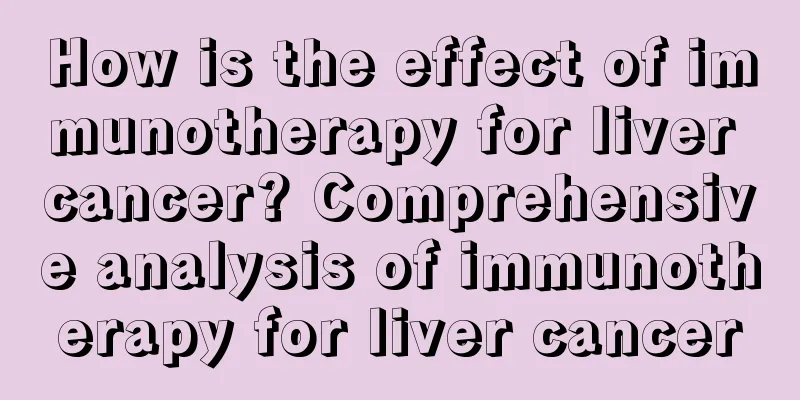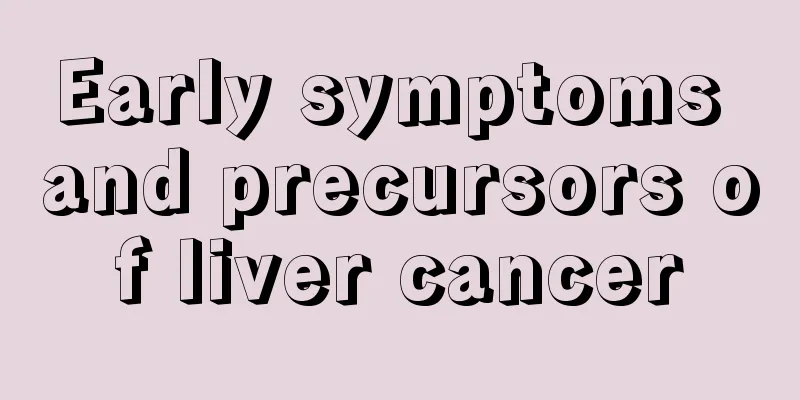What methods can cure testicular cancer

|
Testicular cancer is a disease that occurs in the testicular tissue of men. Although it is rare, it is very harmful. There are many causes of the disease, and it is also related to diet and daily habits. Testicular cancer has a huge impact on male fertility. Timely treatment of testicular cancer is the key. So what methods can be used to treat testicular cancer? Here are a few methods for treating testicular cancer for reference by patients, friends and their families. The main treatments for testicular cancer are: 1. Surgical treatment Because the pathology of testicular tumors is extremely complex, there is no consensus on the treatment method. However, no matter which type of testicular tumor, orchiectomy should be performed first, and further treatment will be determined based on the results of pathological examination. 1. Orchiectomy 2. Retroperitoneal lymph node dissection 2. Chemotherapy The complete remission rate of DDP-based combined chemotherapy for disseminated testicular germ cell cancer is 80%. Incomplete remission patients can receive rescue chemotherapy, and 30% of patients can still achieve complete remission; 90% of complete remission patients can survive long-term without cancer. If the serum marker level rises again or the residual mass increases, rescue chemotherapy will be performed. Rescue chemotherapy usually uses DDP + a combination of drugs that have not been used in the first chemotherapy. VIP and VAB-6 are currently commonly used regimens. 3. Radiation therapy Radiotherapy alone can be used for clinical stage I and IIa (maximum diameter of retroperitoneal metastatic lymph nodes less than 2 cm), and combined radiotherapy and surgery can be used for stage IIb. Radiotherapy has similar efficacy to retroperitoneal lymph node dissection, but has less damage to sexual function. Combined treatment with radiotherapy and surgery may cause more damage to sexual function, so currently chemotherapy and surgery are more advocated, and combined treatment with radiotherapy and surgery is not advocated. No mediastinal and supraclavicular preventive irradiation is performed for clinical stage II. |
<<: Introduction to the treatment of testicular cancer
>>: How to treat testicular cancer
Recommend
How to diagnose prostate cancer recurrence
Currently, radical prostatectomy is one of the ma...
Common daily methods of preventing pancreatic cancer
The increasing incidence of pancreatic cancer is ...
What are the causes of bladder cancer
In recent years, bladder cancer has become one of...
Is traditional surgery or laparoscopic surgery better for thyroid cancer
Traditional surgery and laparoscopic surgery for ...
Lemon soda whitens teeth
Lemon is a type of fruit, but it is different fro...
Before treating cervical cancer, the patient must undergo a full body examination
Before treating cervical cancer, you must find a ...
Patience to cure gallbladder cancer
Mr. Xiong is 44 years old. One year after the ope...
How long can sperm survive in vitro
Many people don't know enough about the survi...
What is the role of radiotherapy for lung cancer? Detailed explanation of the 4 roles of radiotherapy for lung cancer
Inoperable locally advanced non-small cell lung c...
How to exercise sexual time
When it comes to sex time, many people feel embar...
Symptoms of chin hyaluronic acid embolism
Nowadays in the beauty industry, when it comes to...
Is body odor contagious?
Body odor is a common and frequently occurring di...
What is Colon Cancer
What is colon cancer? Colon cancer is a common ma...
Repair methods for tooth defects
Human teeth not only play an important role in ch...
Can pure milk be heated?
Pure milk is very common. This type of drink has ...









